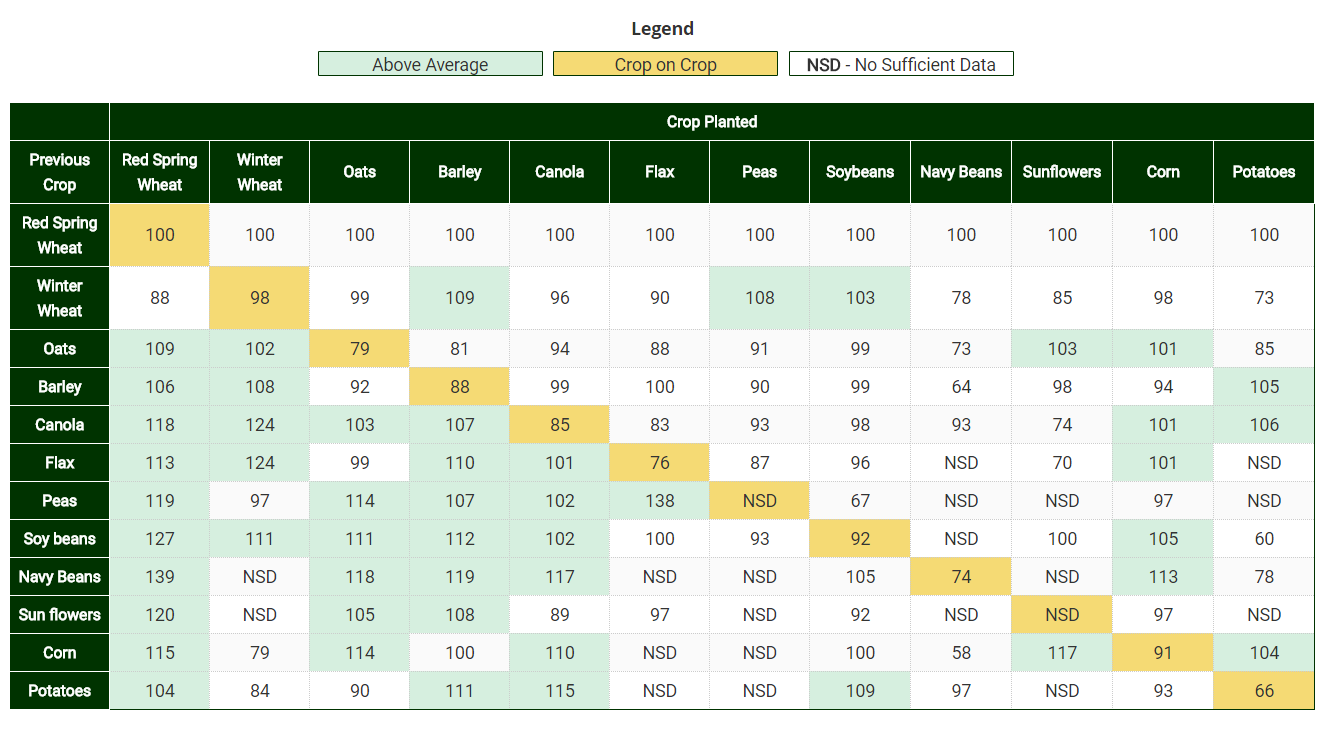Flax TIPS: Planning for 2017: Field selection
Soil Characteristics
Flax is well adapted to fit in crop rotations in all soil zones of the Canadian Prairies. However to optimize yield the following soil characteristics should be considered:
-
Salinity
-
Flax is moderately tolerant to soil salinity (Electrical conductivity 4 – 8 ds/m), comparable to canola. Flax is more tolerant to salinity than sunflower or pulses. Excess moisture in many areas may raise water tables, causing increased surface salinity issues this spring if coupled with conditions good for evaporation. However, flax has relatively small seeds which have limited food reserves to overcome soil crusting. Visit here (link to http://www1.agric.gov.ab.ca/$department/deptdocs.nsf/all/agdex3303) for more on soil salinity.
-
Drainage
-
Due to its relatively shallow root system, flax is susceptible to excess moisture and drought. In the black and long season dark grey soil zones, choose well drained fields or those that have high available soil moisture in the brown and dark brown soil zones. In short season zones, avoid the poorly drained fields which are often too wet for early seeding and subsequently have increased fall frost risks.
-
High soil moisture last fall combined with a late harvest means some producers may be dealing with rutting this spring. Visit here (link to http://www.gov.mb.ca/agriculture/environment/soil-management/soil-management-guide/soil-compaction.html) for recommendations on how to clean up ruts and mitigate soil compaction.
-
Fertility
-
Choose fields that are at moderate fertility levels. Flax has the tendency to lodge under excessively high nitrogen which can cause yield losses as high as 30%. High soil nitrogen may also be linked to increased pasmo severity, so diligent disease monitoring is also important. Flax responds well to residual soil phosphorus from previous years. Visit here (link to https://archive.flaxcouncil.ca/tips_article/fertility-requirements-for-flax/) for more information on fertility recommendations for flax.
Crop Rotation
Flax is very different than all other crops we grow on the Prairies, making it a good rotational crop for breaking up disease and insect cycles. Where should you place flax in your rotation for optimal yield?
The table below is adapted from Manitoba Agricultural Services Corporation (MASC) “Harvested Acreage Reports” looking at yield of crops of previous crop stubble.
Table 1: Relative yield response (% of 2010 – 2015 average) of Manitoba crops sown on large fields (> 120 acres) of various previous crops (stubble) in rotation – standardized to Red Spring Wheat.
From the table, some of the key things to consider when planning what stubble to plant your flax on are:
Avoid Canola Stubble, but Go for Cereals or Pulses! Yields are lower (83% of check) when flax is planted on canola stubble, this would also apply to other Brassicas e.g. mustard. The main reason is arbuscular mycorrhizal fungi (AMF), soil organisms that help with early season uptake of phosphorus in certain crops. Canola does not rely on AMF to access phosphorus in the soil, so in canola years AMF are not needed and populations decline. This results in fewer fungi populations for flax to associate with if seeded on canola stubble and causes a decrease is phosphorus uptake by flax. Cereals and pulses do associate with AMF, so they are a better stubble seeding option. A study by AAFC researchers found that flax grown on wheat stubble had greater establishment, early season biomass, phosphorus accumulation and higher yield than flax grown on canola.
Avoid Flax on Flax! Yields are lower for most crops when planted on their own stubble. Reduced flax yields can be caused by build-up of diseases like fusarium wilt and pasmo which can cause them to infect the next crop earlier and with high levels of inoculums. The 2016 growing season was very conducive to disease in many areas and may have generated high amounts of inoculum for the 2017 growing season. As well, flax is a shallow rooted crop and very effectively leaves the soil rooting area dry, so subsequent flax may be at a disadvantage in the dry soil zone if in-season rain is limited.
Flax Makes a Great Stubble for the Next Crop! As flax does not share the same diseases as many other crops it is a good ‘disease break’ crop in the rotation. Also, flax is shallow-rooted, which leaves moisture and nitrogen in lower soil depths for other deeper-rooted crops to access.
Re-Cropping Restriction with Residual Herbicide
Flax is sensitive to many herbicides, so prior to choosing land for flax production, herbicide residue history should be verified. If the specific herbicide history is unknown, it is possible to send soil samples for residue analysis to an accredited lab.
With the increase of pea and lentil acres in many areas of the Prairies, extra diligence should be taken in 2017. This is because products used for Clearfield® lentils, peas and canola require two growing seasons prior to sowing back to flax.
More information on potential residue concerns may be released, so always check with the marketing company and Guide to Crop Protection. If unsure, check your local guide to crop protection.
| 1 year re-crop | 2 year re-crop | 3 year re-crop | Fall applied only |
|---|---|---|---|
| 2,4-D; Altitude FX/FX2; Amitrol; Retain; Trophy; AAtrex; Primextra II; Magnum; Barricade; Fluroxypyr + 2,4-D; Curtail M; Prestige XC; Eclipse III; Lontrel 360; Flucarbazone; Everest GBX; Imazamethabenz (Black soil); Infinity/Velocity m3; Kerb; Korrex; Metsulfuron (pH < 7, other soils); Muster; Paradigm; Pixxaro; Pulsar; Salute; Simplicity; Solo; Viper ADV; Tandem; Varro | Ares; Clever; Imazamethabenz (Brown soil); Mesulfuron (pH <7, brown and dark brown soils); Odyssey; Odyssey Ultra, Triton C | Metsulfuron (pH 7 – 7.9) | Trifluralin (can plant to flax in following spring) |
For Manitoba’s Guide to Crop Protection:
For Saskatchewan’s Guide to Crop Protection:
For Alberta’s Guide to Crop Protection:
http://www1.agric.gov.ab.ca/$Department/deptdocs.nsf/all/agdex32




